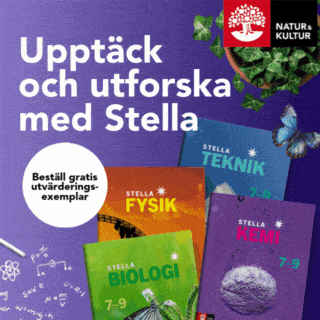Exploring language skills and well-being in inclusive preschools: The impact of a dialogic reading intervention
Rasmus Riad har undersökt effekten av dialogisk läsning där de vuxna engagerar förskolebarnen i läsningen genom att använda språkutvecklande strategier.
Rasmus Riad
Professor Mara Westling Allodi, Stockholms universitet. Senior Lecturer Eva Siljehag, Stockholms universitet. Professor Sven Bölte, Karolinska Institutet
Professor Monica Melby-Lervåg, University of Oslo
Stockholms universitet
2024-05-07
Abstract in English
Language skills during the preschool years are important for cognitive and social development, learning, and well-being, especially for children that are less proficient in the language that peers and teachers use for communication and teaching, known as the majority language. The overall aim of this thesis is to explore the effect of a practice-embedded introduction of dialogic reading in preschool, a method that engages children in conversation, using language-promoting strategies. Teachers performed dialogic reading for 85 five-year-old children in preschools. Children’s linguistic progress was observed, while also recording their self-reported state of well-being. Based on the theme of language and well-being in early education, three studies were conducted.
In Study I, a British well-being measure for young students, “How I Feel About My School (HIFAMS),” was translated, validated, and assessed for psychometric properties. In total, N = 228 children self-reported their well-being in early education. Study I included a combined sample of school-aged children (n = 143) and a preschool sample (n = 85), where the latter also participated in Study II and Study III. Study I confirmed a one-factor structure of HIFMAS in a confirmatory factor analysis with good model fit. The results showed that the HIFAMS can be used in Sweden to measure child well-being in preschool and early school years.
In Study II, structural equation modeling was used to examine the relationship between language skills and self-reported well-being among preschoolers (N = 85). The assessment of language skills comprised both narrative and vocabulary abilities, while well-being was measured by HIFAMS. Language background (home language exposure) and gender were examined in relation to language abilities and well-being. Study II discovered no association between language skills and well-being. Children with a non-Swedish language use at home (additional language learners) displayed similar narrative skills but had less vocabulary. The results of Study II align with previous research, highlighting the significance of extensive language exposure for children whose home language differs from the language encountered in preschool.
In Study III, language development and child well-being were analyzed after a dialogic reading intervention. Ten preschool teachers delivered the intervention in small groups (four to eight children). The teachers performed the dialogic reading during two periods, and the children at each preschool were randomized to attend direct (group A) or delayed intervention (group B). The outcome measures were the same as in Study II and assessed pre-, mid-, and post-intervention. Study III showed that children improved their language skills after engaging in a dialogic reading intervention, with improvements regardless of language background. The well-being remained steady during the course of the trial.
Taken together, the results of these three studies indicate that language development in terms of vocabulary can be promoted by dialogic reading, and children that are additional language learners show a similar progression as their peers. Furthermore, these studies show that self-reported well-being can be measured in the early education context and that children’s self-perceived well-being in preschool was not associated with early language skills. The implications of these studies and the significance of the results for educational practice are addressed.


